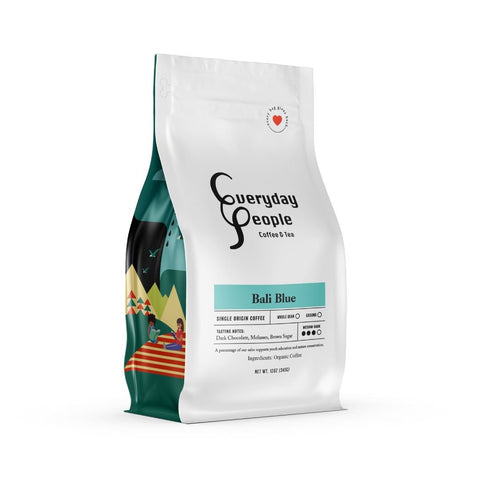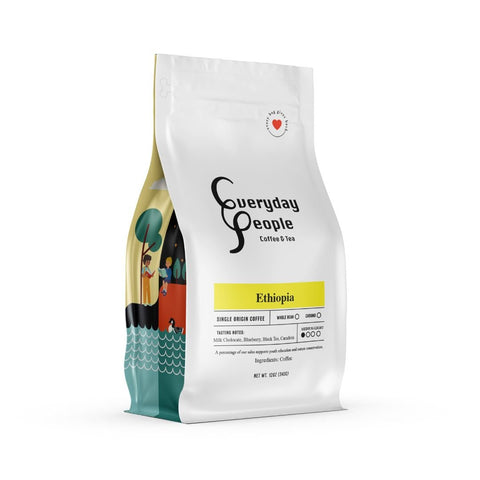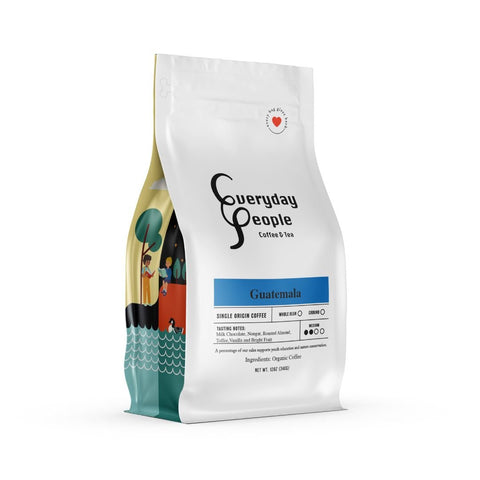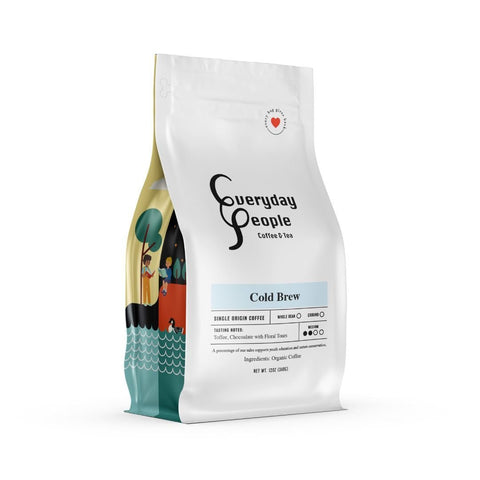If you've ever stood at a coffee shop counter wondering whether to order a flat white or a latte, you're not alone. These two espresso-based drinks have sparked countless debates among coffee enthusiasts, baristas, and casual drinkers alike. While they might look similar at first glance, the differences between a flat white and a latte can significantly impact your coffee experience.
What Is a Flat White?
A flat white is an espresso-based coffee drink that originated in Australia and New Zealand during the 1980s. This beverage consists of a double shot of espresso topped with steamed milk and a thin layer of microfoam. The flat white is known for its strong coffee flavor and velvety texture, creating a perfect balance between bold espresso and creamy milk.
The key characteristic of a flat white is its microfoam, which is smoother and more velvety than regular foam. This microfoam is created by introducing less air during the milk steaming process, resulting in tiny, fine bubbles that integrate seamlessly with the milk.
What Is a Latte?
A latte, short for "caffè latte" in Italian (meaning "milk coffee"), is one of the most popular coffee drinks worldwide. A traditional latte combines one or two shots of espresso with a larger amount of steamed milk and is topped with a layer of milk foam, typically about half an inch thick.
Lattes are known for their mild, creamy taste and are often the canvas for latte art. The higher milk-to-coffee ratio makes lattes smoother and less intense than flat whites, appealing to those who prefer a gentler coffee experience.
Key Differences Between Flat White and Latte
Size and Volume
One of the most noticeable differences is the serving size. A flat white is typically served in a smaller cup, usually 5 to 6 ounces (150-180ml), while a latte comes in larger sizes ranging from 8 to 16 ounces (240-480ml) or more. This size difference directly impacts the milk-to-coffee ratio and overall flavor intensity.
Milk-to-Espresso Ratio
The flat white has a higher coffee-to-milk ratio, typically using a double shot of espresso with less milk. This creates a stronger, more pronounced coffee flavor. A latte uses more milk relative to the espresso, resulting in a milder, creamier beverage. The flat white ratio is approximately 1:2 or 1:3 (espresso to milk), while a latte is closer to 1:3 or 1:5.
Foam Texture and Layer
The foam is where these drinks truly diverge. A flat white features microfoam, which is velvety, glossy, and fully integrated throughout the drink with minimal separation between milk and foam. The foam layer is typically very thin, around 2-3mm.
A latte has a more distinct layer of foam on top, usually about 1cm thick, with a lighter, airier texture. This foam sits more visibly on top of the drink rather than integrating throughout.
Flavor Profile
The flat white delivers a stronger, bolder espresso flavor due to its lower milk content and double shot of espresso. The coffee notes shine through more prominently, making it ideal for those who appreciate the taste of quality espresso.
The latte offers a milder, sweeter taste with the milk taking a more prominent role. The espresso provides background notes rather than dominating the flavor profile, making it perfect for those who prefer a gentler coffee experience or enjoy flavored variations.
Origin and Cultural Background
The flat white has its roots in Australian and New Zealand coffee culture from the 1980s, though both countries claim to have invented it. It represents the Antipodean approach to coffee, emphasizing quality espresso and skilled milk preparation.
The latte has Italian origins and became popular in American coffee culture during the 1980s and 1990s. It's now a global staple and the foundation for countless variations and flavored drinks.
Nutritional Comparison
When comparing the nutritional content of these drinks, the serving size plays a crucial role:
Flat White (6 oz with whole milk):
- Calories: approximately 120-130
- Fat: 6-7g
- Carbohydrates: 9-10g
- Protein: 6-7g
- Caffeine: approximately 130mg
Latte (12 oz with whole milk):
- Calories: approximately 190-220
- Fat: 11-12g
- Carbohydrates: 18-19g
- Protein: 12-13g
- Caffeine: approximately 75-150mg (depending on shots used)
These values can vary based on milk type, espresso strength, and serving size. Using skim milk, oat milk, or almond milk will alter the calorie and fat content significantly.
Which Should You Choose?
Choose a Flat White If:
- You prefer a stronger coffee flavor with espresso taking center stage
- You want a smaller, more concentrated drink
- You appreciate the silky texture of microfoam
- You're looking for a higher caffeine-to-volume ratio
- You want to taste the quality and origin notes of the espresso
Choose a Latte If:
- You prefer a milder, creamier coffee experience
- You want a larger drink to sip on throughout the morning
- You enjoy flavored coffee drinks (lattes work better with syrups)
- You're new to espresso-based drinks
- You prefer more milk and less intense coffee flavor
How to Make Each Drink at Home
Making a Flat White
- Pull a double shot of espresso (approximately 2 ounces) into a 5-6 oz cup
- Steam approximately 4-5 ounces of whole milk to 140-155°F, creating microfoam by keeping the steam wand just below the surface for only 1-2 seconds before submerging deeper
- Tap the pitcher on the counter and swirl to integrate the foam completely
- Pour the milk steadily into the center of the espresso, creating a thin layer of microfoam on top
- The finished drink should have a glossy surface with minimal foam separation
Making a Latte
- Pull one or two shots of espresso (1-2 ounces) into an 8-12 oz cup
- Steam 6-10 ounces of milk to 150-155°F, aerating for 3-5 seconds to create more foam
- Tap and swirl the pitcher gently
- Pour the steamed milk into the espresso, holding back the foam with a spoon initially
- Spoon the remaining foam on top to create a roughly 1cm layer
- Optional: create latte art during the pour
Common Misconceptions
"A Flat White Is Just a Small Latte"
While they share similar ingredients, the preparation technique, milk texture, and ratio differences make them distinctly different drinks. The microfoam in a flat white and its stronger coffee presence set it apart from a small latte.
"Flat Whites Are Always Made with a Double Shot"
While most specialty coffee shops use a double shot, some use a single ristretto shot instead. The key defining feature is the milk preparation and ratio, not necessarily the espresso volume.
"Lattes Have More Caffeine"
This depends on the number of espresso shots used. A flat white with a double shot typically has more caffeine than a latte with a single shot, despite the latte being larger.
Regional Variations
Different regions have adapted these drinks to local preferences. In the United States, lattes tend to be larger than their European counterparts. Australian flat whites are often smaller and stronger than those served in international chains. Some European cafes serve lattes in bowls rather than cups, creating a different drinking experience entirely.
The Verdict
Both the flat white and latte have earned their places in coffee culture for good reasons. The flat white excels at showcasing quality espresso in a balanced, velvety presentation perfect for true coffee lovers. The latte offers a comforting, customizable experience that appeals to a broader audience and serves as an excellent introduction to espresso-based drinks.
Your choice ultimately depends on your taste preferences, desired caffeine level, and how much you want the espresso flavor to dominate. Many coffee enthusiasts enjoy both drinks at different times, choosing a flat white when they want to appreciate the espresso and a latte when they're in the mood for something milder and more relaxing.
Next time you visit your local coffee shop, you'll know exactly which drink suits your mood and taste preferences. Whether you choose the bold sophistication of a flat white or the creamy comfort of a latte, you're enjoying centuries of coffee tradition refined into a perfect cup.





